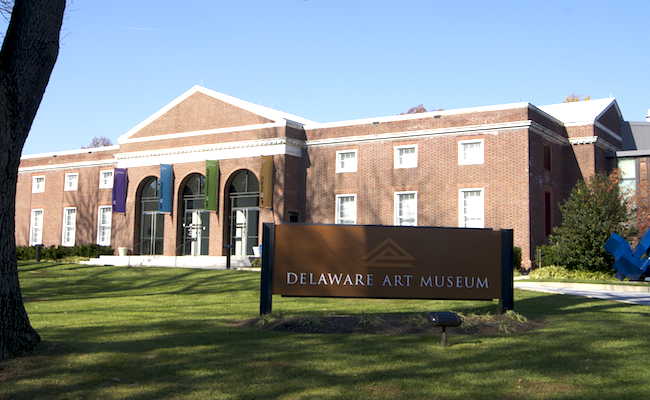 The Delaware Art Museum’s announcement that it will sell as many as four works of art, to raise about $30 million for repaying debt and replenishing its endowment is a bad idea, based on what I have read. It also raises many questions. (The basic facts are here in the most complete article, from the News-Journal.)
The Delaware Art Museum’s announcement that it will sell as many as four works of art, to raise about $30 million for repaying debt and replenishing its endowment is a bad idea, based on what I have read. It also raises many questions. (The basic facts are here in the most complete article, from the News-Journal.)
- Why would this decision be made now, before the board recruits a director to replace Danielle Rice, who left last summer? Yes, it may remove the difficult decision from the new director, who can start the job with a clean record. But this will certainly hamper recruitment.
- How could the four chosen works for sale both raise $30 million and be “selected to have “minimal impact” on the museum’s 12,500-piece collection.? That total is way too high to not leave a hole — ask museums like Toledo and Cleveland, which have sold several works in recent years legitimately and raised nowhere near as much.
- Isn’t that goal ever more difficult since the museum pledged not to sell any donated works, which represent 90% of its collection?
- How bad has management been in the last few years, as it allowed the museum to lose its credit? And where was the board — how could it have allowed such a deterioration?
- Was the expansion the debt financed really necessary, or was Delaware simply following the museum crowd?
- Museum CEO Mike Miller said “We talked to every white knight we could think of” but could raise no funds — why does this museum have such few supporters?
- Why is Miller, “the museum’s former part-time chief financial officer and former chief financial officer for DuPont Merck Pharmaceutical Co.,” but with no art background, running the show?
- Does anyone believe Miller when he says that, with this deaccession, “We really think we’re setting the [museum] up for the next 100 years”?
- Most of all, is this really “a last resort,” as Miller put it?
That, of course, is the crux of the whole situation. I have never drawn a bright red line, to use the current geopolitical phrasing, against all deaccessioning unless proceeds go to more art. But existing sanctions by the Association of Art Museum Directors, as well-meaning as they may be, are not enough of a deterrent. That is why I advocated arbitration by an outside body — so a museum alone cannot assert that it is in extremis — in a 2010 op-ed article in The New York Times. “What if a museum had to argue its case for de-accessioning art before an impartial arbitrator?” I wrote.Â
I got one thing wrong in that — I thought that AAMD could run the arbitration process, but I no longer do. Instead, it would have to be my second thought in the piece — “a state agency, a charities bureau or the attorney general’s office, whichever oversees nonprofits.”
Meantime, the Delaware Art Museum should start answering the above, and more, questions.
